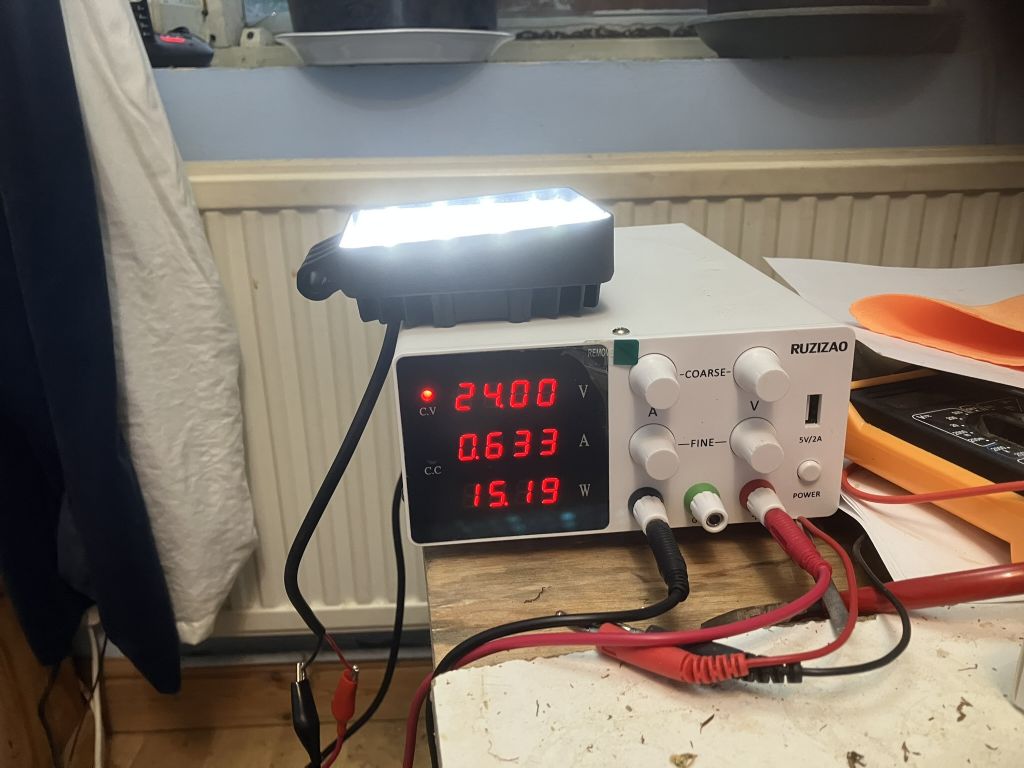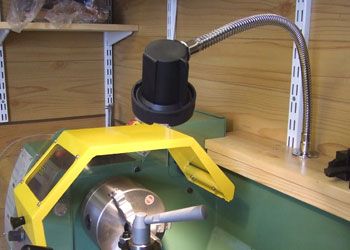Strobe effects are very real.
Anyone who has used a strobe light will know that depending upon the frequency of the strobe, relative to to the rotating or vibrating item, it can appear to be moving forwards, stationary or moving backwards!.
We used to trigger the strobe with a signal generator, so that when the item appesared to be stationary, we knew the frequency at which it vibrated (often the rersonant frequency. We could then take steps to damp the vibration or to tune things so that the resonance was outside the normal running range. (Not always easy with low frequencies )
My shop has mixed illumination. Fluorescent on the ceiling, LEDs on the Mill, LED and Quartz Halogen on the lathe, and have never been aware of any strobe effects, but that may be because of the mixed lighting.
Certainly, before failing LEDS can flicker. I have put this down to failure of one half of the bridge rectifier circuit., so that it only strikes on one half of the cycle..
A smoothing capacitor will reduce the risk of flicker, as long as the lamp can stand the resulting peak voltage.
Probably just over 33 with a nominal 24 volt supply?
Howard.
Howard
Edited By Howard Lewis on 22/08/2023 08:05:11
Robin Graham.






